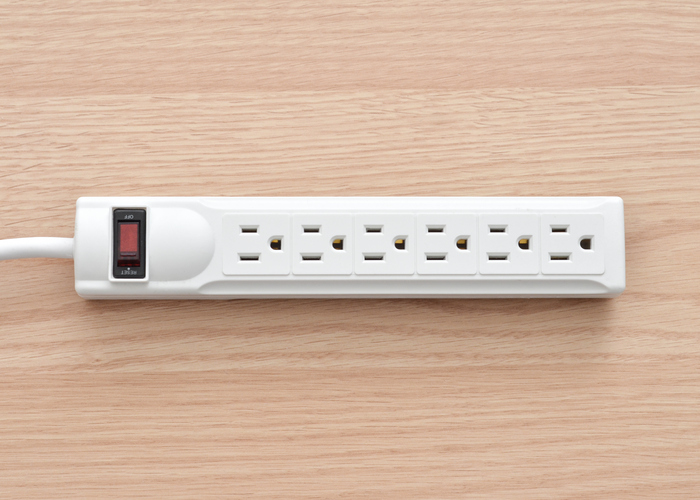
Everything You Should Know About Power Strips
By: hemant
Today, our homes are more plugged-in and connected than ever before. And with all the appliances, TVs, video game consoles, tablets and other devices, it may seem like your home never has enough electrical outlets. Luckily, power strips can offer a convenient solution for managing multiple electronic devices in one area. However, they must be used with care to ensure safety. Misusing power strips can lead to overheating, fires, and damage your devices, and worse – can put your loved ones in danger.
Here’s what every homeowner should know about power strips and how to use them safely.
1. Know the Difference
It’s important to recognize that not all power strips are surge protectors. While power strips provide extra outlets, surge protectors offer an additional layer of protection by shielding your devices from electrical surges. Electrical surges, caused by lightning or power fluctuations, can damage your electronics. For sensitive electronics like computers, TVs, and gaming consoles, always opt for a power strip with surge protection.
2. Don’t Overload
Power strips are designed to handle a limited amount of electrical load. Overloading a power strip by plugging in too many devices or high-wattage appliances can cause overheating and increase the risk of a fire. Always check the power strip’s maximum load capacity and ensure that the combined wattage of the devices plugged in does not exceed this limit.
3. Avoid “Daisy Chaining”
“Daisy chaining” refers to plugging one power strip into another, and it is a common but dangerous practice. Doing so can easily overload the electrical circuit, leading to a fire hazard. Instead, ensure that your power strips are plugged directly into a wall outlet, and if you need more outlets, consider having a licensed electrician install additional ones.
4. Use in Ventilated Areas
Power strips can generate heat, especially when in use for extended periods. It’s essential to place them in well-ventilated areas, away from flammable materials such as curtains, rugs, or furniture. Avoid tucking power strips behind furniture or under carpets, where airflow is restricted, as this can lead to overheating.
5. Replace Damaged Power Strips
Over time, power strips can wear out or become damaged. If you notice frayed cords, scorch marks, or if the power strip feels hot to the touch, stop using it immediately and replace it. Using a damaged power strip poses a significant safety risk.
6. Unplug When Not in Use
Even when devices are turned off, power strips can still draw electricity, contributing to energy waste and posing a potential fire risk. To save energy and reduce risk, unplug power strips when they are not in use or invest in a power strip with an on/off switch for easy control.
Power strips are useful tools for managing multiple devices, but they are not without risks. If any room or area of your home could benefit from a few more electrical outlets, contact the experts at Excel Electrical Technologies today.






